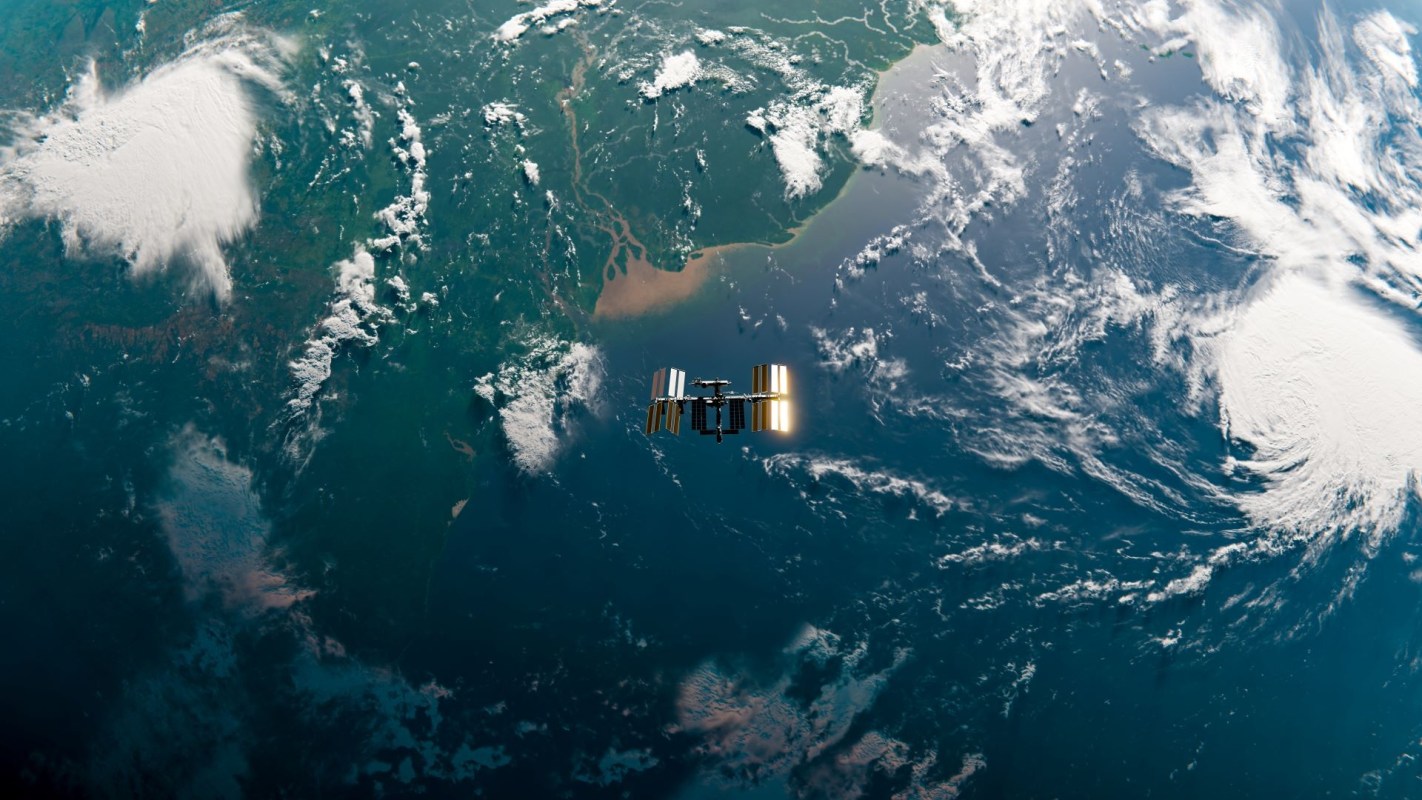Atmospheric rivers — or long, narrow bands of water vapor — are becoming so frequent and intense that they now have their own ranking scale, just like hurricanes.
What's happening?
While atmospheric rivers are nothing new, their frequency and intensity are increasing due to rising global temperatures. These "rivers" form when warm temperatures create moist pockets of air at sea. Strong winds transport them across the ocean, and sometimes they make landfall where they can have disastrous effects, causing flooding, landslides, power outages, and even loss of life.
Now scientists have developed a scale that predicts the intensity of an atmospheric river and whether it could even bring benefits — while intense atmospheric rivers can have negative effects, more docile varieties of this weather phenomenon can deliver much-needed rain or snow.
Researchers used climate data paired with an algorithm that identifies and tracks atmospheric rivers to build a database of atmospheric river events occurring over 40 years (1979/1980 to 2019/2020). These events were ranked on their intensity, taking into account the amount of moisture moved along with the duration of the atmospheric river.
This resulted in a five-level scale. An AR-5 rating is the strongest and means that the atmospheric river is primarily hazardous with minor benefits. Meanwhile, an AR-1 is primarily beneficial with only minor hazards. The scientists found that while AR-4s and AR-5s cause more chaos, they also happen less frequently than weaker events (AR-5s only take place every two years or so).
More intense atmospheric rivers are also less likely to make landfall — good news for people living inland.
"They tend to dissipate soon after landfall, leaving their impacts most felt in coastal areas," study lead Bin Guan, an atmospheric scientist at the Joint Institute for Regional Earth System Science and Engineering, told Phys.org.
Why are atmospheric rivers concerning?
In 2022, two atmospheric rivers in Pakistan caused catastrophic flooding. The country's southern provinces received more than 350% of their average precipitation in July and August. These floods killed at least 1,000 people and washed away entire villages.
From December 2022 to March 2023, California experienced 12 atmospheric rivers, leading to significant flooding, high winds, and power outages. One in March left 120,000 Californians without power. The storm's winds delivered heavy rains and hurricane-force winds that put 35 million people under weather alerts, including a tornado warning in Ventura County.
Of course, there are economic impacts to all of this, as well. Researchers say the most intense atmospheric rivers can cause hundreds of millions of dollars in damage within days in the United States.
What's being done?
While there is nothing that can be done to avoid atmospheric rivers altogether (short of reversing the overheating of the planet), this ranking system will help people prepare for them and know what to expect.
"Atmospheric rivers are the hurricanes of the West Coast when it comes to the public's situational awareness," F. Martin Ralph, an atmospheric scientist at Scripps Institution of Oceanography who helped develop the scale, told Phys.org. He added that people need to know when they're coming and have a sense of how extreme they will be in order to prepare.
"This scale is designed to help answer all those questions," Ralph said.
If you find yourself facing an incoming atmospheric river event, there are a few things you can do to prepare for the flooding that will likely come with it. First, you should elevate and anchor any of your critical utilities like electrical panels, propane tanks, sockets, wiring, appliances, and heating systems.
It's also important to clear any debris from gutters and downspouts to avoid an accumulation of water. Move your furniture and valuables to the highest floor of your home if possible.
But remember, your first priority should be the safety of you, your loved ones, and your pets.
Join our free newsletter for cool news and cool tips that make it easy to help yourself while helping the planet.









